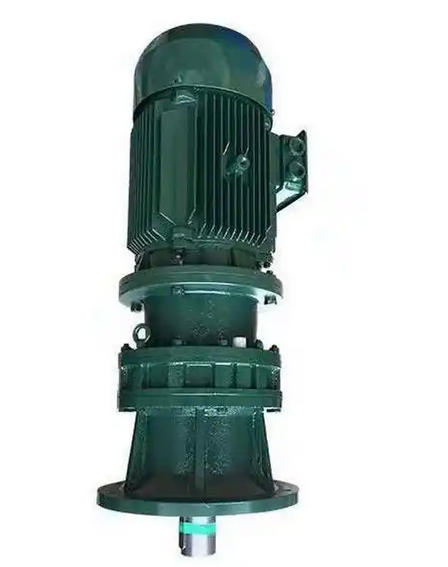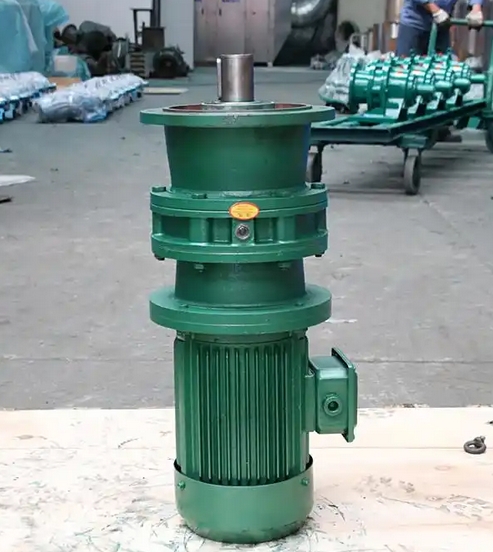What is the machining process for the output shaft of BLY18-43-2.2 dual axis cycloidal pinwheel reducer
BLY18-43-2.2 Dual axis cycloidal pinwheel reducer output shaft is mostly made of high-quality carbon steel or high-strength alloy steel, and its processing needs to take into account the strength, transmission accuracy, and assembly adaptability of the shaft. The core revolves around blank forming, precision processing, and key hole processing. The specific process route is as follows:Material preparation and forging: 45 steel or alloy steel bars are preferred as raw materials, and the blanks are processed through forging technology. Forging can eliminate defects such as porosity and looseness inside the material, refine the grain structure, improve the overall strength and fatigue resistance of the output shaft, and lay a solid material foundation for subsequent processing and use. The blank size needs to reserve sufficient machining allowance to meet the requirements of subsequent processes.
Normalization treatment: The forged blank needs to undergo normalizing heat treatment, heating it to around 850-900 ℃ and holding it for a period of time, followed by air cooling. This process can improve the uneven structure of the forged material, reduce material hardness, improve toughness, and eliminate residual stresses generated by forging, making it easier for subsequent cutting processes to proceed smoothly.
Rough machining: Using a CNC lathe to perform rough machining on the blank, the main purpose is to quickly remove most of the excess material and preliminarily machine the basic shape of the output shaft's two end necks, step surfaces, etc. The cutting parameters for this process can be appropriately relaxed, such as controlling the cutting depth within 0.5-1mm and setting the feed rate to 0.1-0.2mm/r. There is no need to pursue high precision, and the focus is on ensuring machining efficiency, laying the foundation for semi precision machining and precision machining.
Quenching and tempering treatment: The output shaft after rough machining needs to undergo quenching and tempering treatment, that is, quenching first and then high-temperature tempering. After this treatment, the hardness of the output shaft can reach 220-250HB, which can achieve good comprehensive mechanical performance. It has sufficient strength and good toughness, and can meet the requirements of the output shaft to withstand torque and load during the operation of the reducer.

Grinding center hole: The center hole is the reference for subsequent processing of the output shaft, and after quenching and tempering, the center holes at both ends need to be ground. Grinding can improve the roundness and surface smoothness of the central hole, ensuring precise positioning during subsequent processing and avoiding key accuracy indicators such as coaxiality of shaft parts that are not qualified due to benchmark deviation.
Precision machining: Using the center hole after grinding as the positioning reference, precision machining is carried out. During precision machining, it is necessary to strictly control the cutting parameters. The cutting depth is generally 0.01-0.05mm, and the feed rate is 0.05-0.2mm/r. The dimensions, fitting surfaces, and steps of each shaft section of the output shaft should be accurately machined to ensure that the dimensional tolerance, cylindricity, and other indicators of the shaft meet the design standards, while ensuring that the surface roughness reaches Ra1.6-3.2 μ m.



